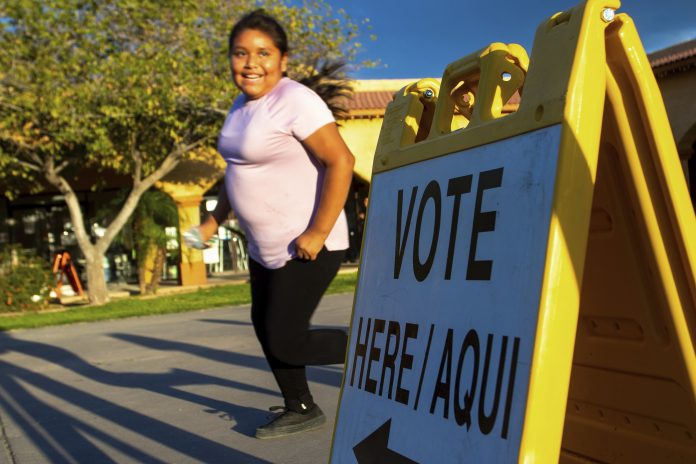In the lead-up to the 2020 presidential election, more voters across the country identified themselves as Democrats than Republicans. However, four years into President Joseph R. Biden Jr.’s term, that gap has narrowed, and the United States now finds itself almost evenly divided between the two major political parties.
According to a new report from the Pew Research Center, Republicans have made significant gains among voters without college degrees, rural voters, and white evangelical voters. Concurrently, Democrats have managed to retain key constituencies, such as Black voters and younger voters, while gaining ground with college-educated voters.
The report offers insights into how partisan identification – the party that voters tell pollsters they identify with or lean towards – has shifted over the past three decades. Independents, who tend to behave like partisans despite avoiding the label, are grouped with the party they lean towards.
“The Democratic and Republican parties have always been very different demographically, but now they are more different than ever,” stated Carroll Doherty, the director of political research at Pew.
While a voter’s party affiliation does not always predict their election choices, partisan affiliation patterns can provide clues to understanding how shifting coalitions over the last quarter-century have shaped recent political outcomes. During the Trump administration, the Democratic Party’s coalition grew, contributing to significant victories in the 2018 midterm elections and President Biden’s victory in 2020.
The Republican Party has long grappled with the fact that fewer Americans have historically identified as Republicans compared to Democrats. After Barack Obama’s re-election in 2012, the party produced an autopsy report suggesting that to succeed in future elections, it would need to broaden its appeal to Black and Hispanic voters, who have traditionally been unaligned with the GOP.
Twelve years later, while the party has made some modest gains with Hispanic voters, its growth has been driven primarily by the white working class and rural voters, propelling Republicans to parity with Democrats.
However, the catch is that white working-class voters are slowly declining as a share of registered voters, potentially rendering the Republican strategy of relying heavily on this group unsustainable in the long term.



